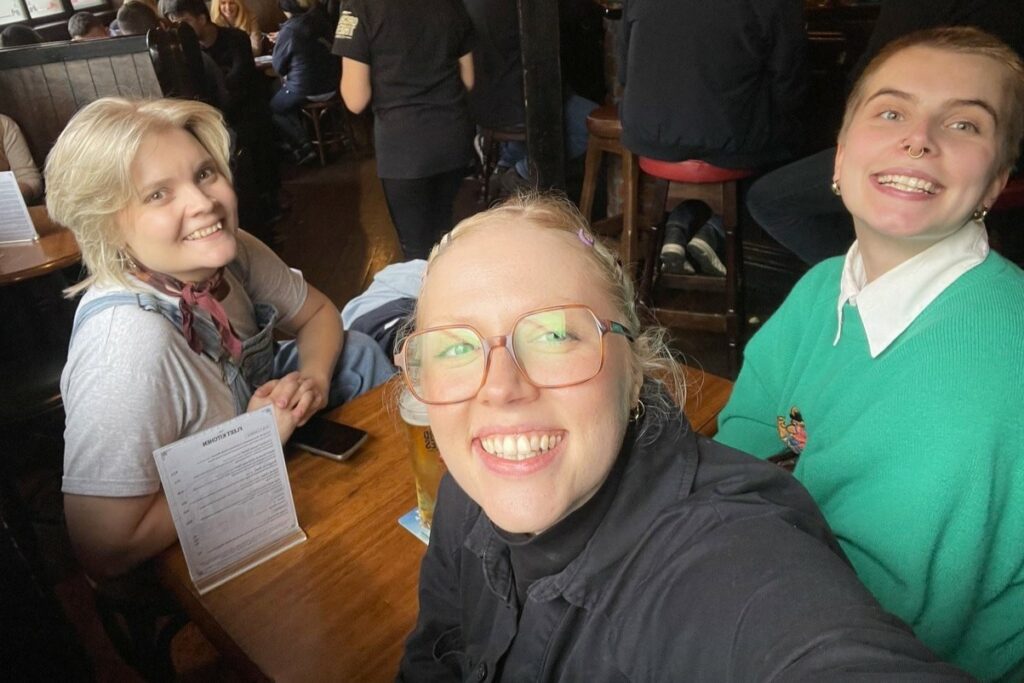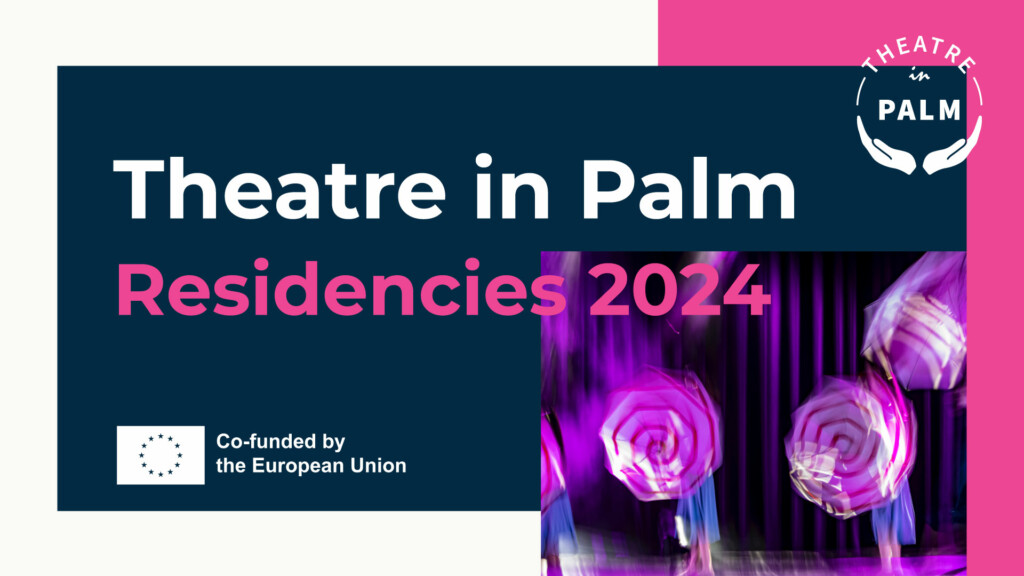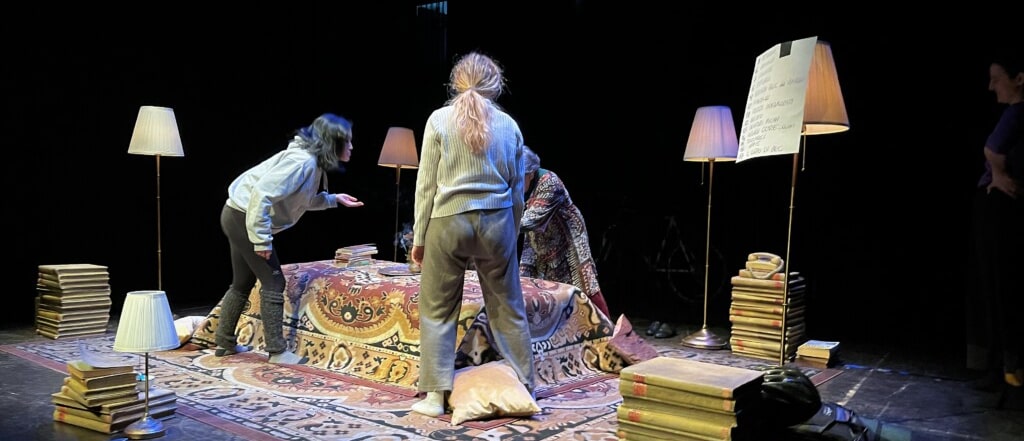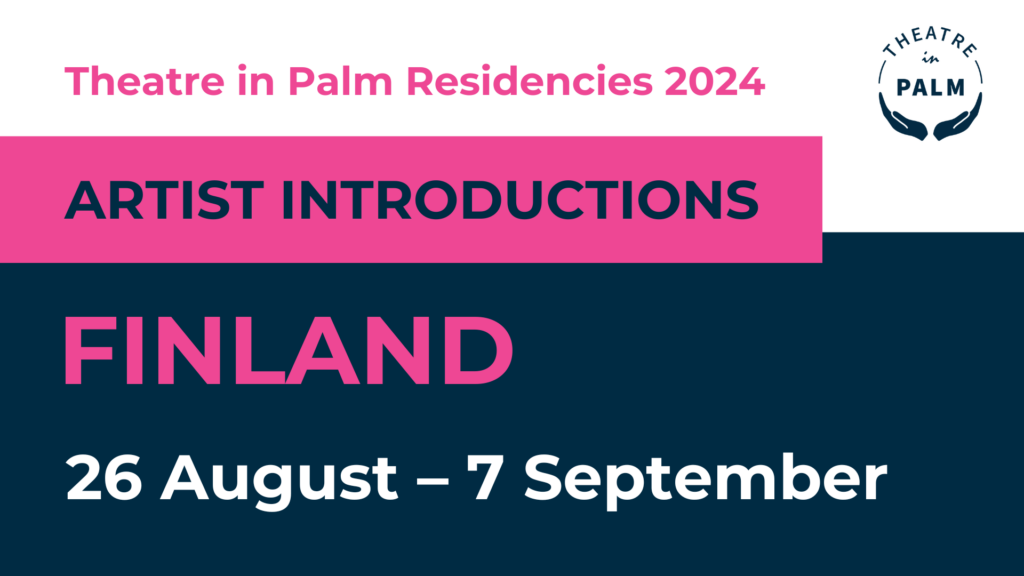Festival within festival: artist stories from Dublin
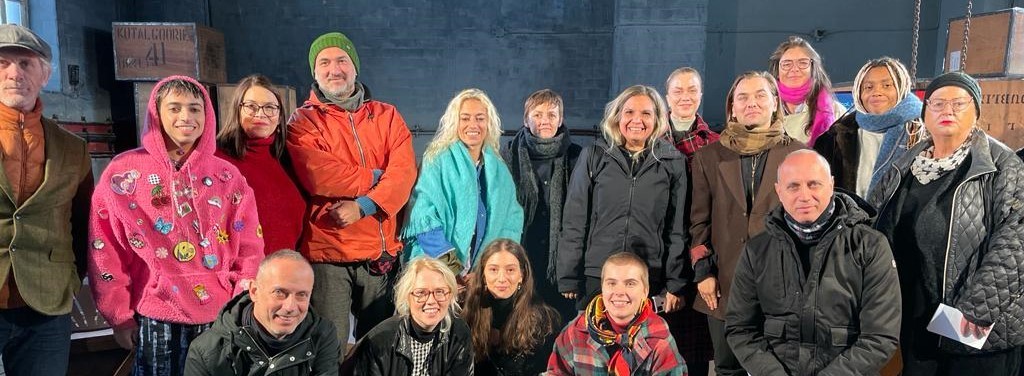
Smashing Times from Ireland organised a Theatre in Palm festival within their Dublin Arts and Human Rights festival on 15.10.2023. Two artists from each Theatre in Palm country had the opportunity to travel to Ireland and enjoy the event in Dublin. We asked them to share their experience and tell us what inspired them and what insights they got during the trip. Here are some of their stories.
Sharing the worries and hope
Human rights as part of making art, finding a connection, hope and the pure concept of hope resonated the most with me. On my both TIP trips, first to Romania and now to Ireland, there has been discussion about how each country’s society and the respective government influences cultural actors. This was discussed especially on Sunday evening after the presentations. In some strangely distorted way, the shared fear of strengthening right-wing extremism created hope for the unity of cultural factors. We are not alone in these things.
Best part of the trip was people, discussions, working together and sharing practices and thoughts.
Personally, I am also interested in the possibility of this kind of projects to unite the different actors in the field and finding an international group like-minded artists that could support actors in different countries. Meeting people, seeing performances, discussing art and doing art together inspires, creates hope and generates lot of thoughts and energy to do your own thing. I was left wondering whether the common worries could also be shared and how these issues could be collectively dealt with by artists. The festivals were specifically about Arts and Human Rights and after discussing with the organizers of the festival, we agreed that art is always, maybe even unwillingly opinionated or even political. Influencing and getting impressed often go hand in hand.
One inspiring moment was a discussion with the Greek screenwriter Michail Karayiannis about the recent growth of the Pride procession and event in Thessaloniki into a major public event. Even if what you are doing might first seem small, and the event may not reach a large audience, an important thing or issue still has the potential to grow into a large public event with thousands of participants, as Michail pointed out.
– Kaisa Kauppinen, theatre artist
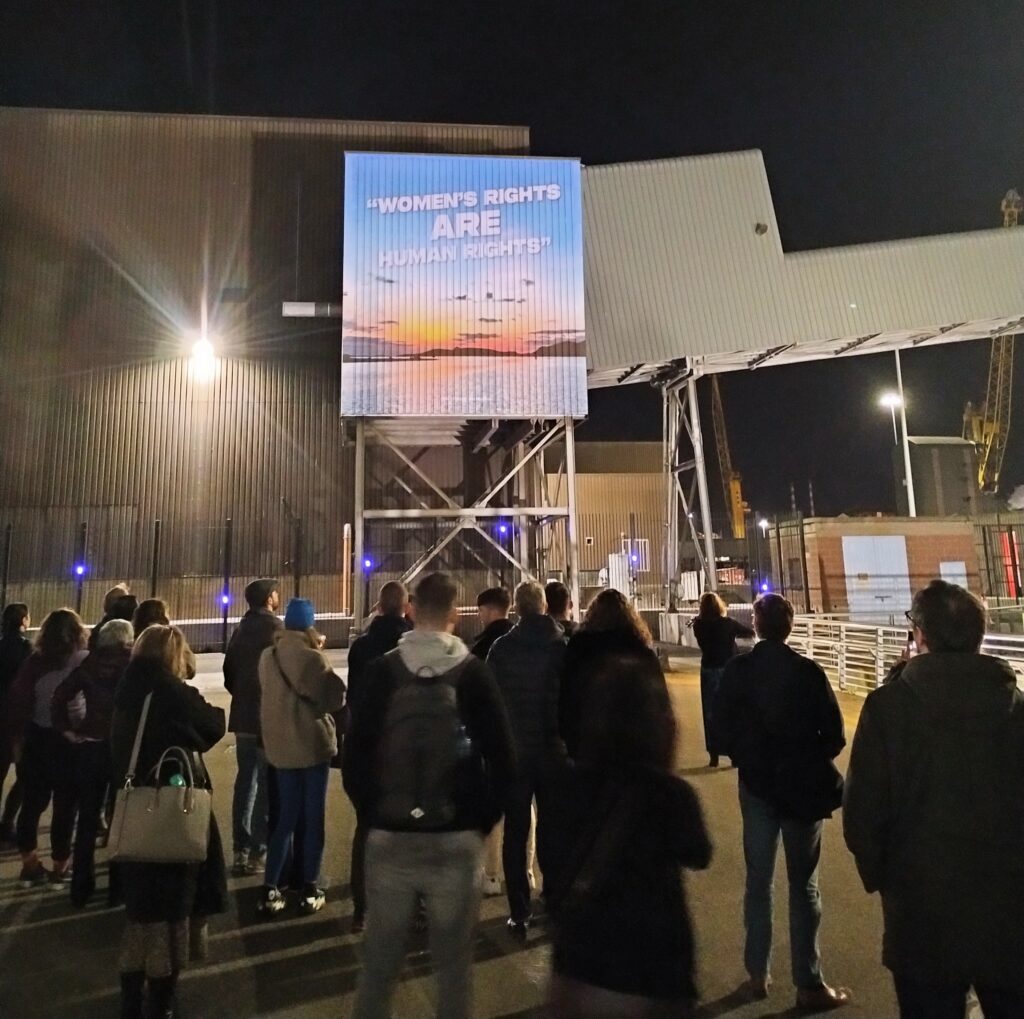
Inspiring object theatre and performances
I was inspired by the material-oriented nature of the performances we saw on Sunday. Spanish artist Anja Calas, sent to the festival by Barcelona based Espronceda, rolled around amidst a huge, wave-like ripple of plastic, expressing despair, climate crisis, drowning.
Kaisa Kauppinen used object theatre in her performance. Use of everyday objects as dolls symbolised the everyday nature of violence against women. The use of everyday materials in the performance context created strong symbolism. In addition, performance art based on non-verbal, materiality and physicality worked brilliantly in this international environment. Objects and body language have their own cultural meanings, but also something truly shared and overcoming any language barriers.
– Iris Korhonen, theatre art student
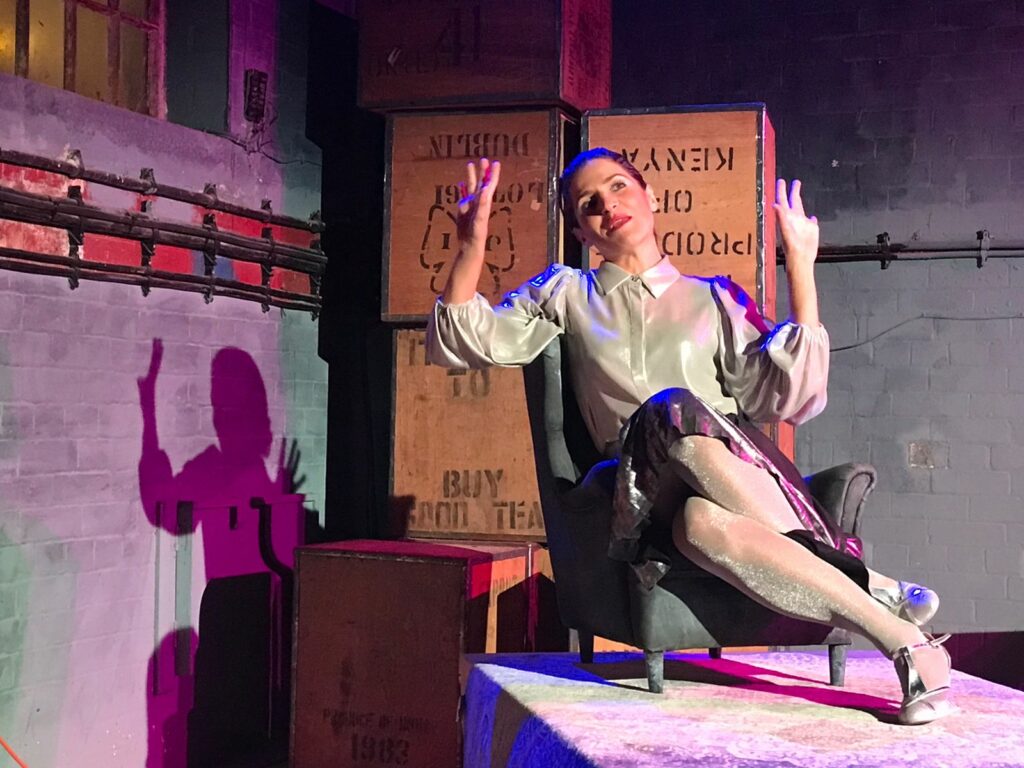
Seeing things in a new way
As an artist, I was greatly inspired by the performances from the other TIP countries and the conversations with the artists. I hope that in the future I will be able to see everyone else’s art, as I realized that I have a very typical way of doing my art. The moments shared with others strengthened the idea of sharing inspiration.
I particularly remembered the performance and practice of the Ongoing Realities collective from Sweden, where they combined technology and performance art by using different techniques, such as VR and AR. Before, I have perhaps felt the continuous use of technology everywhere more as a threat to stage art and thought it would somehow take away part of the humanity and true encounters. Now I can better see how it can be utilized in different ways and see it more as an opportunity.
From the practical point of view, I learned that in organizing festivals it is important to pay attention to the audience: Where people have come from and how to make everything as accessible as possible, e.g. with subtitles and clear instructions.
– Petra Lumme, theatre art student
